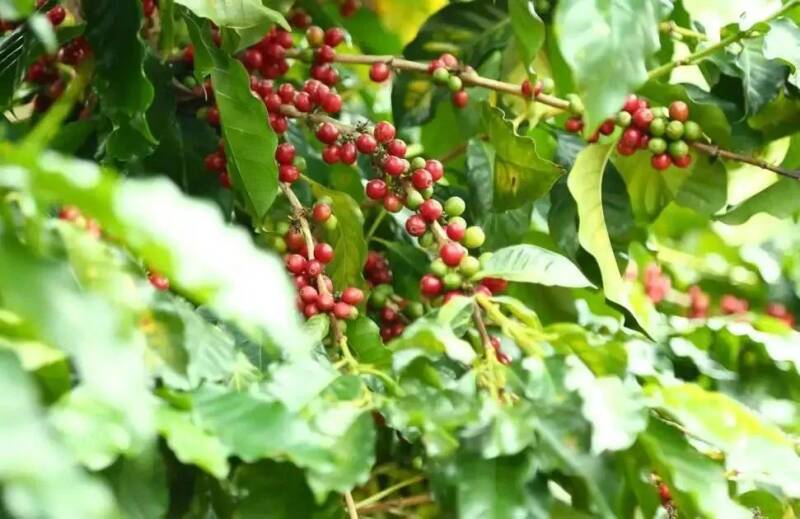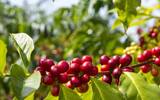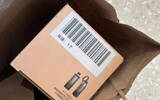Oceania island Papua New Guinea Coffee producing area, Coffee grading, introduction to Bird of Paradise Coffee
Papua New Guinea-the largest island country in the South Pacific and the second largest island in the world. Papua New Guinea (Independent State of Papua New Guinea, referred to as PNG), the western part of the country bordering Indonesia, belongs to Indonesia. Located in the eastern half of the country, Papua New Guinea has a typical island climate, with high temperature and humidity throughout the year, giving rise to a rich variety of animals and plants, a unique geographical location that forms the climate of the highland region, rich rainforests, and volcanic soil that adds a bit of color to the flavor of coffee. the overall elevation is 1200 to 2500 meters, which is an ideal area for growing coffee.
At the beginning of the 19th century, under the influence of the Maritime Silk Road, the British and Germans colonized Papua New Guinea and sold it to the Australian market as one of the exporters of coffee, opening the way to grow coffee. In the 1920s, the colonial fleet introduced Typica coffee from Jamaica, increasing the commercial coffee industry. Papua New Guinea Coffee, known as the "Little Blue Mountain", is world-famous.
According to current data, Typica, the oldest native variety in Ethiopia, is derived from the coffee bean variety to which Arabica belongs.

Agriculture in Papua New Guinea is an important part of the economy, mainly producing coffee, cocoa, coconut and palm oil. Most of the coffee is produced in five highland provinces:
Western Highlands (Western Highlands)
Eastern Highlands (Eastern Highlands)
Qinbu (Chimbu)
Morebe province (Morobe)
East Sepik province (East Sepik)
Eastern province: coffee cultivation is most famous in Arona and Purosa estates, with an elevation of 400-1900m
Western provinces: the Wahig Valley of Hagen Mountain, located in Mount Hagen, is famous for its coffee quality under the influence of fertile volcanic soil, and the famous Sigri Manor comes from this Wahig valley.
In addition, in addition to the above two major provinces that mainly produce Typica, coffee beans are also grown in other areas with poor quality, most of which are mainly robusta beans. Robusta coffee is of poor quality, darker, more bitter, and has a general flavor, which is mainly used in the production of instant coffee.
About 85% of the total coffee production in Papua New Guinea is cultivated under the smallholder model, which will join the local cooperative and share the cooperative's processing equipment. Although it is bordered by Indonesia, because the variety of coffee is different from that of Indonesia, the elevation is generally higher than that of other Indonesian producing areas, such as Sumatra, and the different treatment methods are one of the reasons for the difference in bean flavor. Different from the smelly and low flavor of traditional Indonesian coffee beans, the fine beans grown by Papua New Guinea are generally washed, whether made into a single product, hand-made or Italian, which can bring a long texture, sweet and sour balance, and full taste, which is similar to the flavor of South American coffee beans.
Affected by the climate, the harvest season of coffee on the island is from April to September every year. After harvesting the ripe red coffee cherries, the cherries are sent to the manor's own washing plant for treatment. After cleaning, the raw beans are removed from the shell and then graded.
PNG's coffee bean grading system, which does not simply measure the size of coffee beans as in other countries (such as Kenya or Colombia), also includes the shape, color, cup quality and defects of coffee beans. Coffee beans exported are graded according to quality, and the grades from high to low are: AA, A, X, PSC and Y.
The first three are given the name of manor coffee; the latter two are small farmer coffee, of which PSC is high quality small farmer coffee (Premium Smallholder Coffee)
Important Notice :
前街咖啡 FrontStreet Coffee has moved to new addredd:
FrontStreet Coffee Address: 315,Donghua East Road,GuangZhou
Tel:020 38364473
- Prev

The weather affects coffee production in African countries, and new EU rules make it difficult for importers to import African coffee beans.
Coffee production in Africa has declined due to the El Ni ñ o phenomenon. Earlier, many coffee-producing countries in Central America were affected by El Ni ñ o, resulting in severe weather such as droughts or floods. In particular, coffee production in Brazil and Colombia has been affected. African countries are also affected by the weather. Recently, Reuters
- Next

Break two cups in one breath! Starbucks is accused of "touching porcelain"?!
▲ click to follow | Daily boutique Coffee Culture Magazine Coffee Factory, as a "big cup producer" in the coffee industry, Starbucks launches many new and exquisite cups every year, and the products on the display shelves are so frequent that people can't help joking that the speed of new cups on the star cups is even faster than that of "main" coffee. Off
Related
- Being chased out of the rain in front of Starbucks?! Store: Sheltering from rain under umbrellas poses a safety hazard
- The white moonlight has changed?! Lucky launches "Big Winter Pear American"
- Hand-brewed coffee three-stage method, high-sweet and universal brewing method to share! What does the high sweet water level of hand-brewed coffee mean?
- What is the difference between raw, refined and full espresso coffee? How to extract espresso and taste good?
- A complete list of coffee bean names and their meanings! What is Yejia Shefi coffee? Where is Mantelin coffee?
- What grade does Arida Manor Kaduai coffee beans belong to? What treatment is Arida ASD slow anaerobic sun exposure?
- The milk tea cup becomes smaller?! Overlord Tea Girl launches a new "Return to Yunnan" series
- Accused of selling counterfeit and high-priced coffee beans! Well-known boutique coffee brand "Oukelao" bowed and apologized!
- How to make espresso dumplings? Can I eat coffee and glutinous rice balls together?
- Save the unformed and stagnant powder cakes in one second! What is the problem with stagnant water in the powder bowl of the espresso machine?

